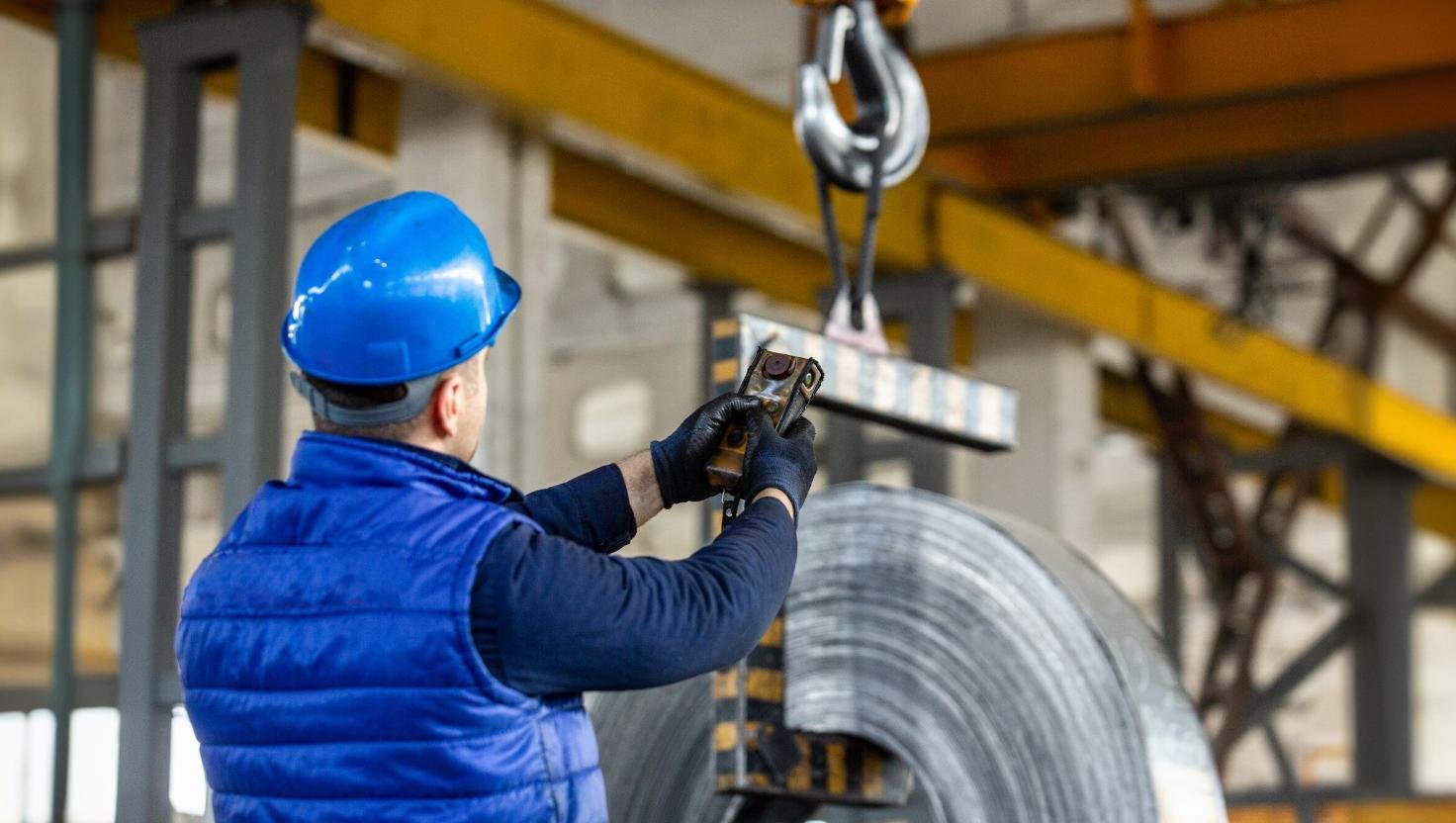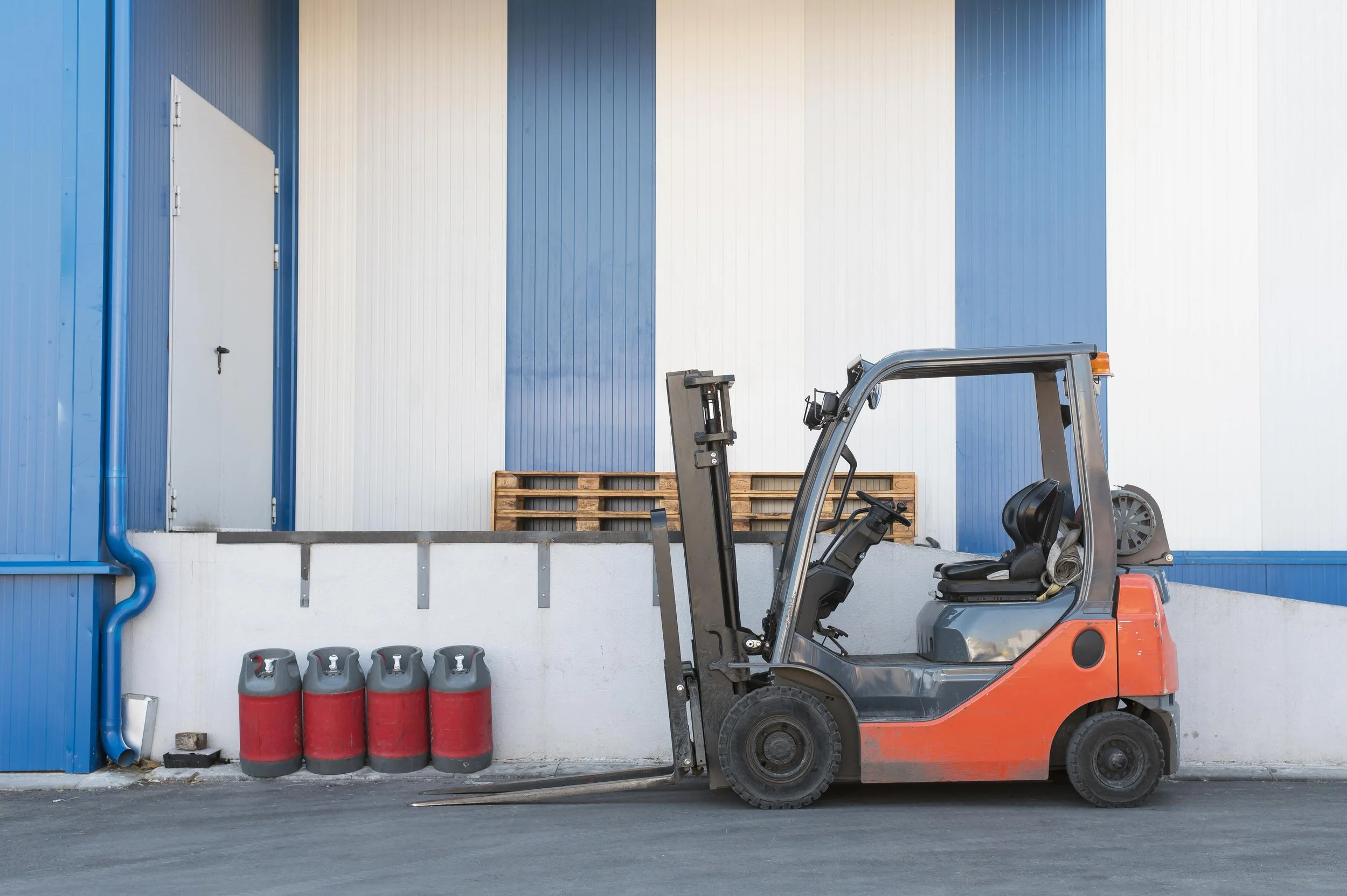
LOLER Awareness training
“Awareness That Lifts Safety Standards.”
LOLER Awareness Training – Lifting with Safety and Compliance
Lifting operations can pose serious risks if not properly controlled. The Lifting Operations and Lifting Equipment Regulations 1998 (LOLER) place clear responsibilities on both employers and employees to ensure lifting tasks are carried out safely and correctly.
This course is designed for anyone who works with or around lifting equipment. It provides a solid understanding of what LOLER requires, helping you recognise the key steps needed to stay compliant and protect everyone involved in lifting operations.
What you'll learn
By the end of this course, learners will understand:
The main duties required under LOLER and other relevant legislation.
The main risks posed by lifting operations and lifting equipment, and how these risks can be controlled.
The steps required and the factors to consider when carrying out a risk assessment of lifting operations and lifting equipment.
How to select, position, and install lifting equipment so risks are minimised.
How lifting operations should be planned and supervised so risks are minimised.
How to consider factors that may affect equipment's suitability, such as the environment and positioning.
How to minimise risk factors such as proximity hazards, poor weather and visibility, and working with suspended loads.
The purpose of safe working loads and the importance of adhering to them.
The requirements surrounding thorough examinations, routine maintenance, and pre-use checks.

How it works….
On the course
At a glance…
6 - 12 delegates
Half day course
No qualifications or PPE required
This training course is delivered on-site at your location or at a training centre location and typically lasts half a day, No formal qualifications are needed to attend, making it accessible to all experience levels. Group sizes are kept small, usually between 6–12 delegates, to ensure focused, hands-on learning. Delegates are not required to bring any PPE for this training course
Module 1: Introduction to LOLER
This module introduces the Lifting Operations and Lifting Equipment Regulations 1998 (LOLER) and explains their purpose in promoting safe lifting practices. Learners will explore:
• What LOLER covers and who has legal duties under the regulations
• The roles and responsibilities of employers and employees
• Definitions of lifting equipment, accessories, and loads
• Exclusions from LOLER’s scope
• Key risks associated with lifting operations
• Related legislation that supports LOLER compliance
By the end of this module, learners will have a clear understanding of the foundations of LOLER and its relevance in everyday lifting operations.
Module 2: Risk Assessment
This module explains the importance of risk assessment in lifting operations. It covers key definitions and guides learners through the five essential steps: identifying hazards, assessing who may be harmed, evaluating risks, recording findings, and reviewing assessments. The focus is on applying practical controls to ensure safe and compliant lifting activities.
Module 3: Selecting Suitable Lifting Equipment and Accessories
This module covers how to select the right lifting equipment and accessories for safe and compliant operations. It includes examples of appropriate equipment choices, considerations for environmental factors, and special requirements when lifting people. Learners will also explore key principles such as strength, stability, positioning, safe working loads (SWL), and when derating equipment is necessary.
Module 4: Examination, Maintenance, and Storage
This module outlines the legal requirements for examining and maintaining lifting equipment. It explains what a thorough examination involves, who qualifies as a competent person, and how often inspections should be carried out. Learners will also cover record-keeping, checks for hired equipment, daily pre-use inspections, proper maintenance, and safe storage to ensure equipment remains in good working condition and compliant with LOLER.
Module 5: Planning Operations and Reducing Risks
This module focuses on safe planning and supervision of lifting operations. It covers what a lift plan should include, from equipment positioning and handling suspended loads to attaching, detaching, and securing items safely. Learners will also explore how to prevent overturning, manage risks from poor visibility or weather, and ensure safe use of lifting equipment for people. Key topics include slip and trip prevention, emergency procedures, and the importance of clear information, instruction, and training.


